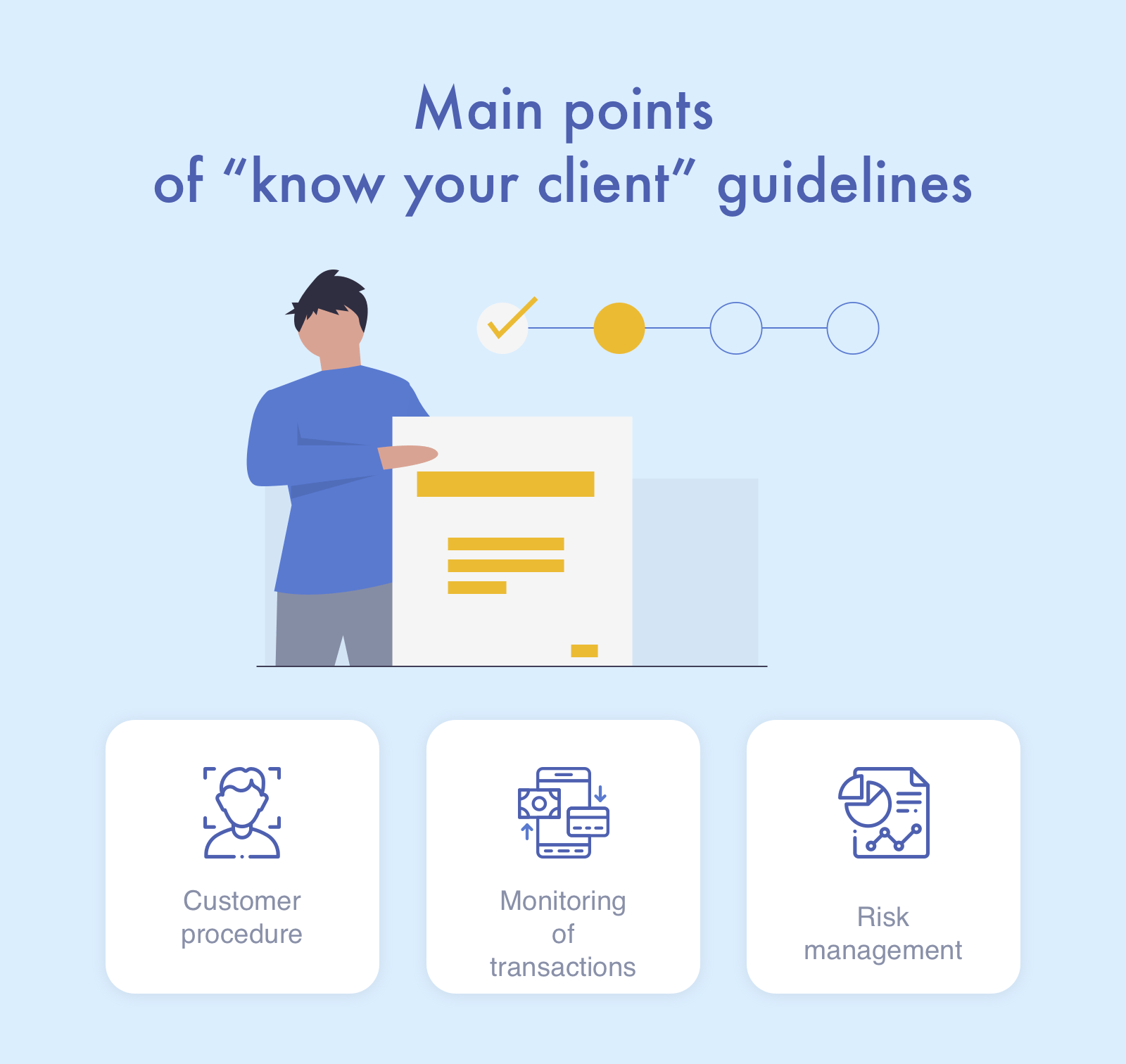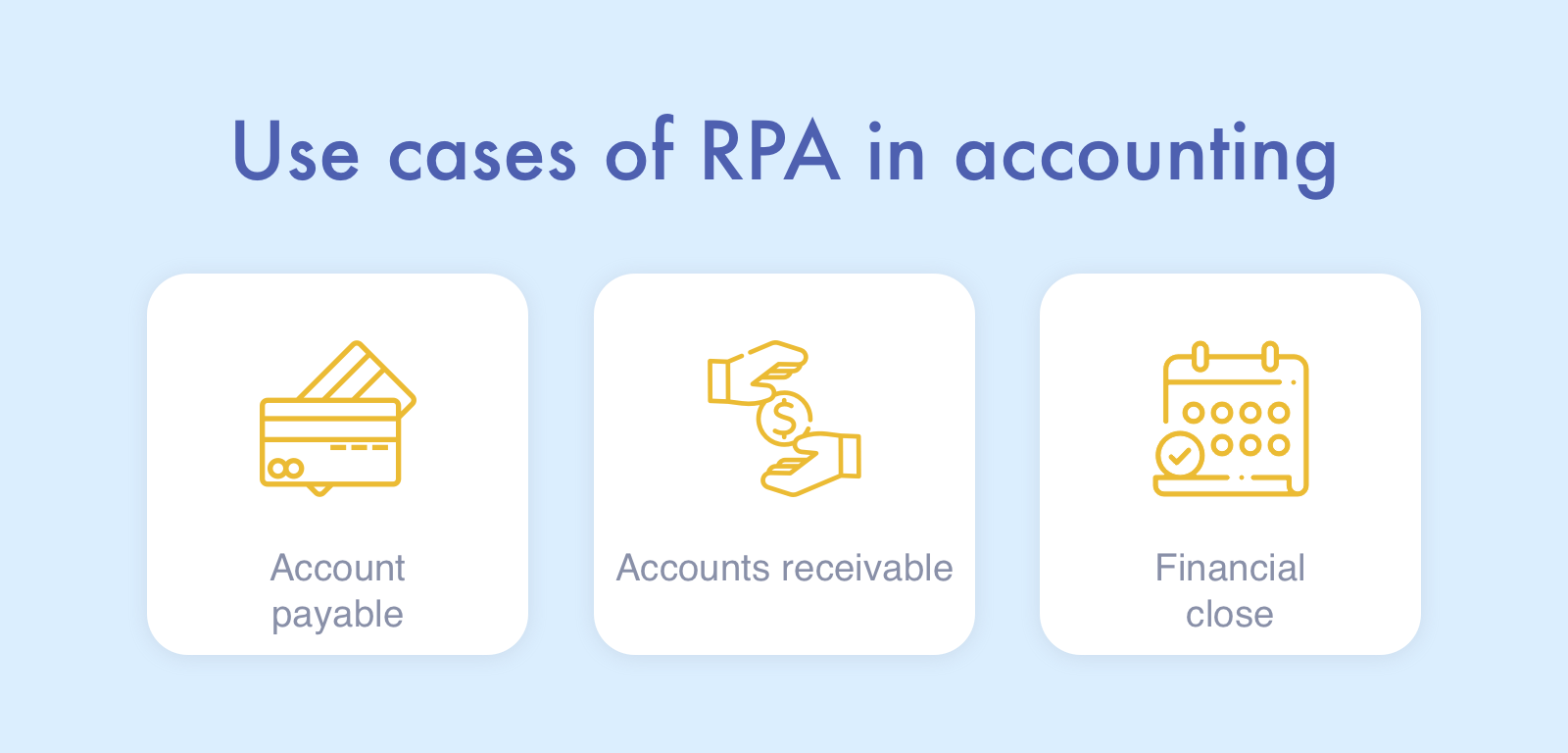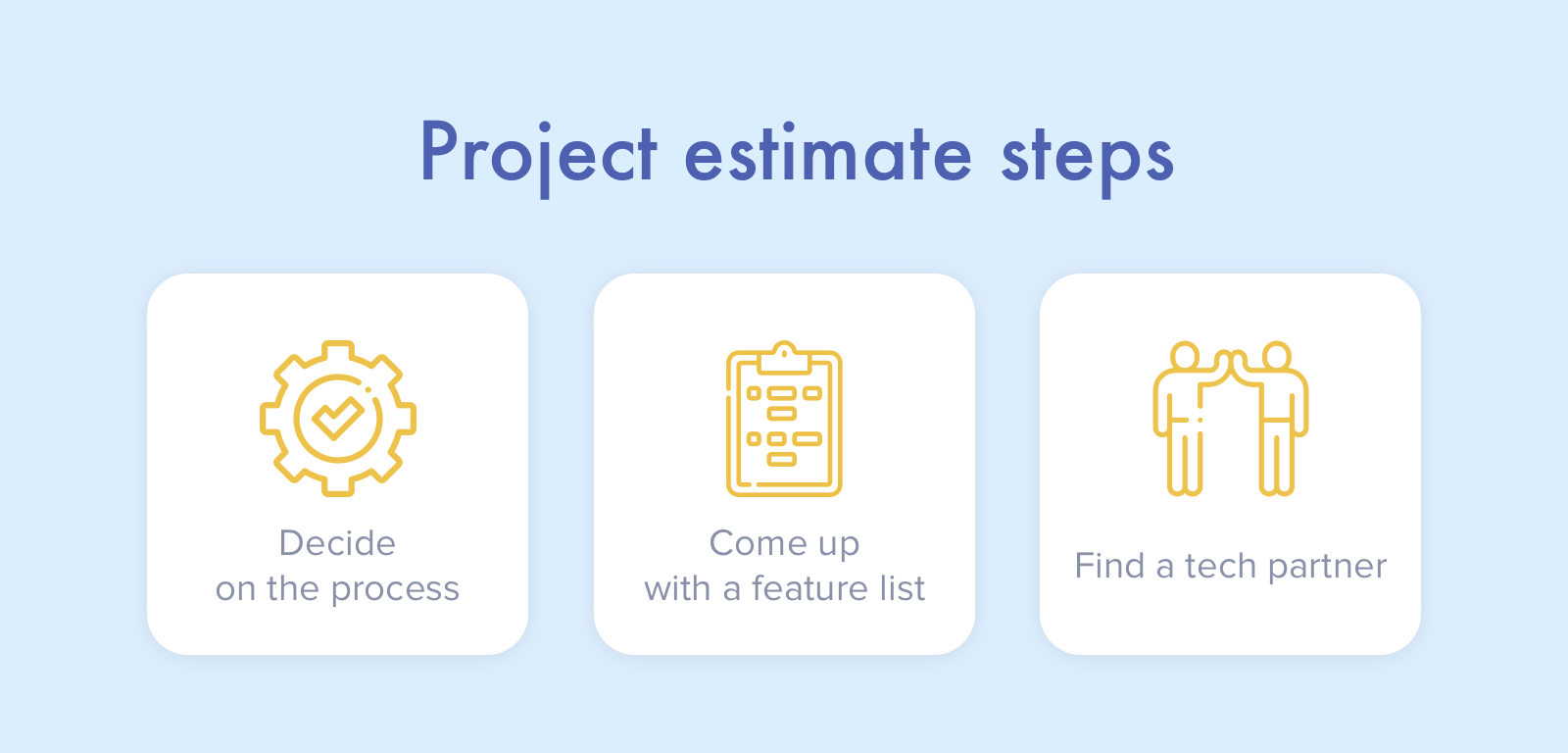
Vitaly Kuprenko
Writer
Financial processes have always been zero-tolerant of mistakes. An endless stream of documents requires industry workers to be as attentive and stress-resistant as possible. It is quite difficult for employers to find such qualities in candidates, but in such cases, technologies come to the rescue. Today we will look at what RPA is, how it benefits businesses, and how to prepare for RPA implementation in workflows. Without further ado, let’s get started.
What is RPA?
First off, let’s figure out what RPA actually means. RPA stands for Robotic Process Automation, and basically, it’s software that automates routine tasks and reduces the workload of employees in financial facilities. RPA can include data processing and communication between various systems. Automation can bring value to business since robots are better at performing tasks because:
- Robots don’t forget anything.
- Robots can work 24/7.
- Robots are good at performing low-level tasks.
- Robots can’t be distracted from their tasks.
This list can go on and on, but examples speak louder than words. The Royal Bank of Canada already implemented RPA in its workflows. This bank fulfills tasks like money transfers, bill payments using web-based chatbots. Another great example of RPA in finance is a Keybank which automated its invoice processing and invoice delivery.
Benefits of RPA in financial facilities
Now when we know what RPA is, it’s time to talk about the actual benefits that it can bring to the table. We’ll go over each benefit to give a complete picture of the value behind RPA.

Time-efficiency
As we said earlier, robots perform tasks better than humans. In addition to high quality, robots can boast of a high speed of completing tasks, which is many times superior to humans. Robots lack variables such as mood, health, and distractions that greatly affect productivity and speed of operations.
Besides, robots are excellent at analyzing unstructured data. For example, invoice processing requires employees to reconcile a lot of data scattered across different sources. Robots cope with this much faster. And don’t forget that robots don’t make mistakes.
Cost-effectiveness
The main benefit that RPA brings to business is a reduction of time and money expenses. Robots largely relieve workers from routine tasks, and in some cases, they can even replace them.
This leads to considerable savings in both time and money. The business owner does not need to spend time and money hiring new employees since some tasks can be assigned to a robot.
Enhanced customer experience
In addition to the business benefits, robots can greatly improve the user experience for ordinary customers. Due to their speed of operation, robots can quickly serve clients and perform such client operations as user data processing, providing information about interest rates for investors, and assistance in opening bank accounts.
Over-the-top security
This benefit concerns such a guideline as Know Your Client or simply KYC. These rules are designed to detect suspicious money transactions and prevent financial fraud. RPA is great at solving such problems. For example, robots can quickly collect customer data by accessing databases, gathering data from documents, and so on. Besides, RPA will significantly speed up the risk assessment process.

Use cases of RPA in finance
RPA can bring a lot of benefits to a business if it is implemented in the right processes. Now we are going to talk about the most common RPA use cases in financial institutions.
Accounting
This branch of financial transactions first comes to mind when talking about the implementation of RPA. And this is not surprising, since thanks to automated solutions, it is possible to improve processes such as decrypting invoices from PDF to SAP compatible format and to CSV spreadsheets, drafting monthly payrolls, and many others. Also, keep in mind that RPA-based software can automatically send the final version of the file to the server, which helps to comply with SOX law.

Money laundering prevention
It’s no secret that every bank has a department that prevents money laundering. Hundreds of employees monitor transactions for suspicious activity and risky transactions. This process is very labor-intensive because employees get information about transactions straight from the database manually.
RPA can greatly speed up and simplify the process of retrieving checks from the database. For example, if a software program sees a suspicious transaction, it automatically downloads a receipt, which greatly increases the productivity of ordinary department employees.
Bank account creation
Creating a bank account requires a lot of manual input and often requires the client to be physically present at a bank branch. This process can take a lot of time, and RPA is designed to speed up this process significantly. For example, to open an account, a client must upload a passport photo into the system. The RPA software then compares the uploaded photo with the data in the government registry. After that, the verified information enters the bank’s system, and after that, the client receives a brand new bank account.
How to prepare for RPA implementation?
To successfully implement RPA into your business processes, you need to conduct a preparatory stage. We will tell you about three main steps that you should take to implement RPA in your financial business properly.
Step #1. Estimate the project
First, you must estimate the project and decide which process you want to automate using RPA. For example, this could be the processing of invoices or customer information. After that, depending on your choice, you should make a list of features. Do not overload this list with unnecessary features, as this will stretch the development time and increase its cost. Having a list of features in hand, you can contact the vendor to calculate the cost of development.

Step #2. Compare expenses and possible profits
Now is the time to see if it’s worth it. Compare the development cost with the money that will save your future technical solution. In addition, do not forget about how long your investment in development will pay off. The faster the project will pay off, the better.
Step #3. Hire reliable vendor
The last step you should take is to hire a dedicated development team. The whole world is open before you, where thousands of vendors provide their services. The most cost-effective solution would be to hire offshore developers since rates in offshore regions, for example, Europe or South America, are significantly lower than in the USA or Australia. You can easily find offshore developers on professional platforms like Clutch, GoodFirms, 99Firms, and many others.
Wrapping up
As you can see, RPA is very beneficial for financial institutions. And every year, more and more companies in this industry implement RPA solutions in their workflows. Now you are also ready to implement RPA into your business to improve productivity and increase profits.
Vitaly Kuprenko is a writer for Cleveroad. It’s a web and mobile app development company with headquarters in Ukraine. He enjoys writing about technology and digital marketing.
SEE ALSO:









